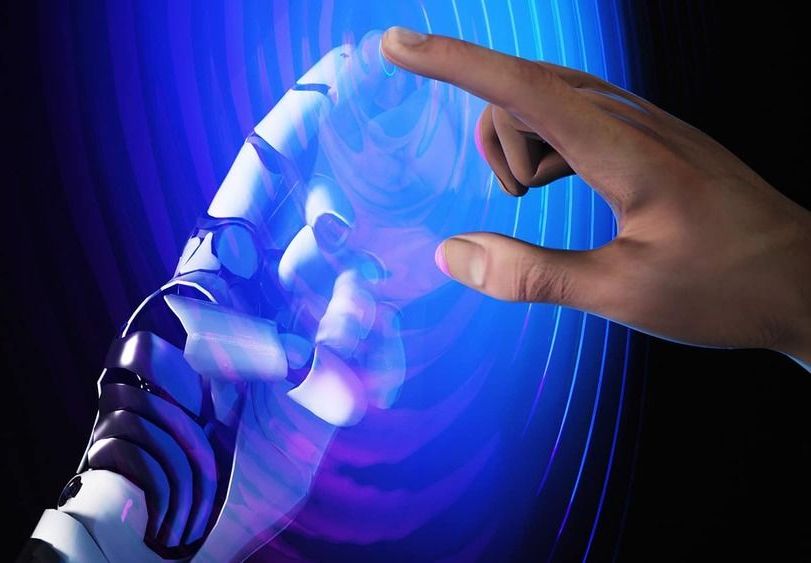Still calling 2025 for the debut of a robotic set of human level hands.
Although robotic devices are used in everything from assembly lines to medicine, engineers have a hard time accounting for the friction that occurs when those robots grip objects – particularly in wet environments. Researchers have now discovered a new law of physics that accounts for this type of friction, which should advance a wide range of robotic technologies.
“Our work here opens the door to creating more reliable and functional haptic and robotic devices in applications such as telesurgery and manufacturing,” says Lilian Hsiao, an assistant professor of chemical and biomolecular engineering at North Carolina State University and corresponding author of a paper on the work.
At issue is something called elastohydrodynamic lubrication (EHL) friction, which is the friction that occurs when two solid surfaces come into contact with a thin layer of fluid between them. This would include the friction that occurs when you rub your fingertips together, with the fluid being the thin layer of naturally occurring oil on your skin. But it could also apply to a robotic claw lifting an object that has been coated with oil, or to a surgical device that is being used inside the human body.
